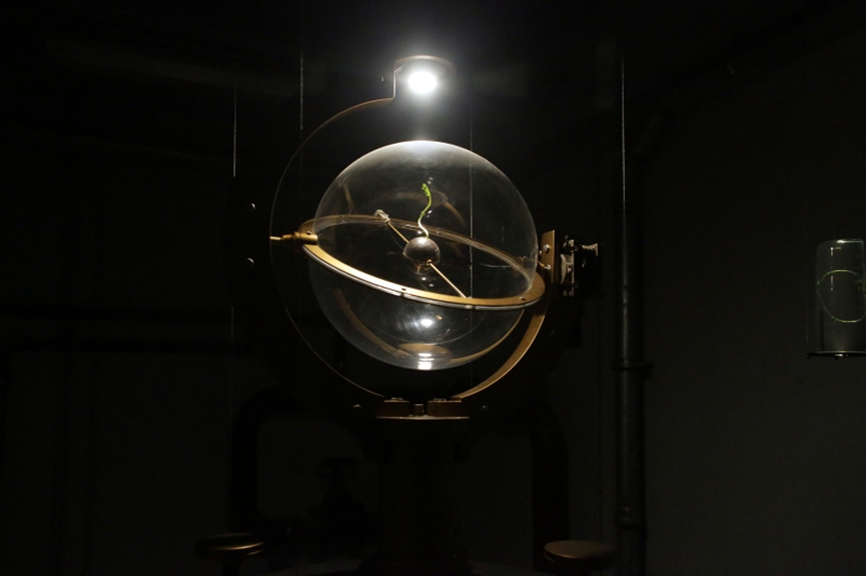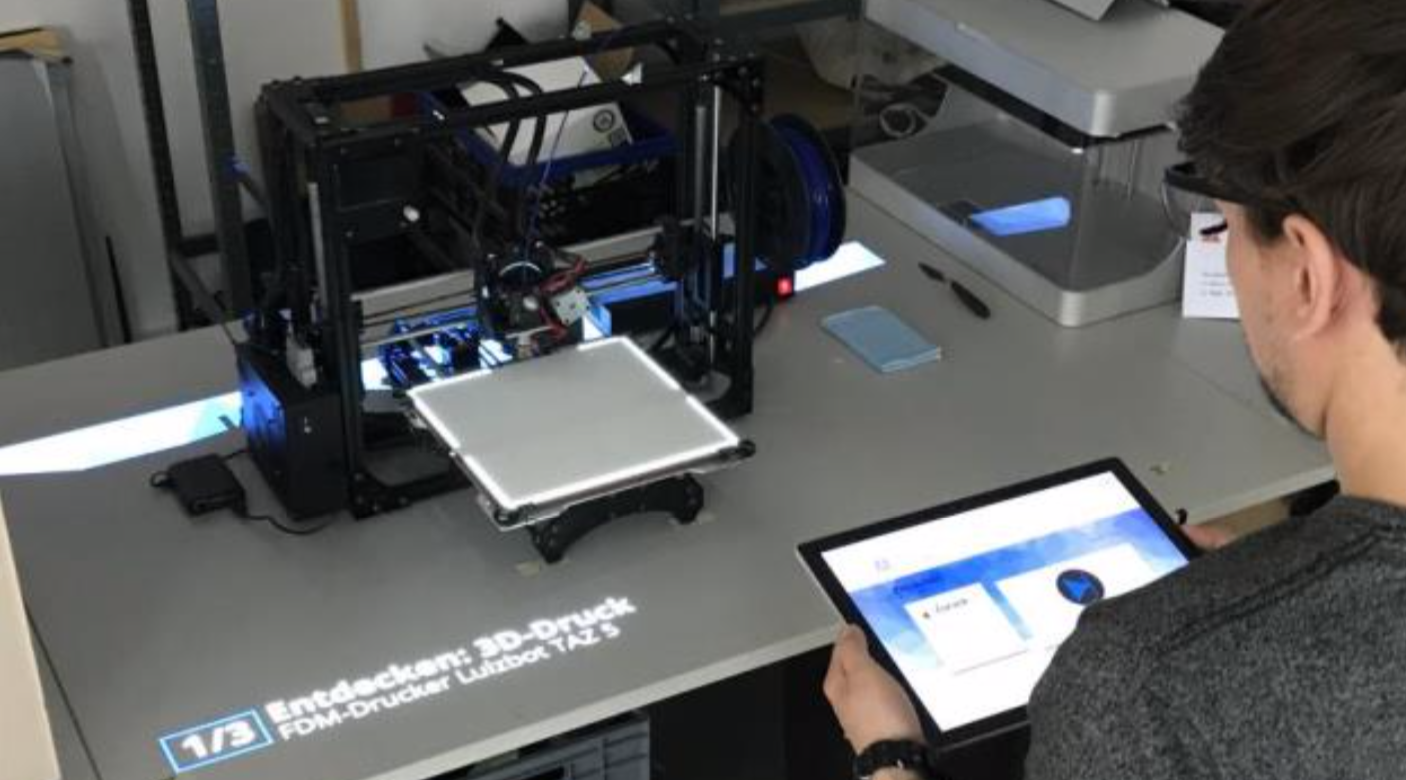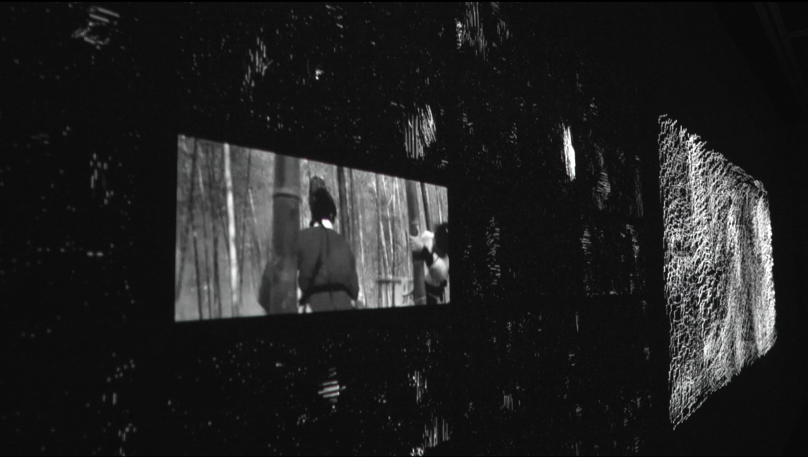摘要:
Recent years have witnessed a growing trend of building the capsule wardrobe by minimizing and diversifying the garments in their messy wardrobes. Thanks to the recent advances in multimedia techniques, many researches have promoted the automatic creation of capsule wardrobes by the garment modeling. Nevertheless, most capsule wardrobes generated by existing methods fail to consider the user profile, including the user preferences, body shapes and consumption habits, which indeed largely affects the wardrobe creation. To this end, we introduce a combinatorial optimizationbased personalized capsule wardrobe creation framework, named PCW-DC, which jointly integrates both garment modeling (i.e., wardrobe compatibility) and user modeling (i.e., preferences, body shapes). To justify our model, we construct a dataset, named bodyFashion, which consists of 116, 532 user-item purchase records on Amazon involving 11,784 users and 75,695 fashion items. Extensive experiments on bodyFashion have demonstrated the effectiveness of our proposed model. As a byproduct, we have released the codes and the data to facilitate the research community.

2025 年 9 月 一 二 三 四 五 六 日 « 5 月 1 2 3 4 5 6 7 8 9 10 11 12 13 14 15 16 17 18 19 20 21 22 23 24 25 26 27 28 29 30 -
近期文章
- 2025.05.26 葉卯陽報告-產業AI應用
- 2025.05.27 – 孫以臻報告 – AI策展
- 2025.05.26 吳柏瑤報告 – AI Application
- 2025.04.29 周巧其報告 – 付諸環境藝術行動之前
- 2025.04.29 孫以臻報告 – 當代藝術中的後人類身體調控
- 2025.04.29 葉卯陽報告-醫學影像介入生物媒體藝術的轉繹與再現
- 2025.04.29 吳柏瑤報告 – Cyborg Psychology: The Art & Science of Designing Human-AI Systems that Support Human Flourishing
- 2025.04.15 周巧其報告-Surrounded: A Series of Sound Installations That Combine Plant Electrophysiology and 3D Sonic Art
- 2025.04.15 葉卯陽報告-From Text to Self Users’ Perception of AIMC Tools
- 2025.04.15-孫以臻報告-What drives bio‑art in the twenty‑first century?
- 2025.04.15 吳柏瑤報告 – Future You: A Conversation with an AI-Generated Future Self Reduces Anxiety, Negative Emotions, and Increases Future Self-Continuity (FIE 2024)
- 2025.04.01-周巧其報告-Voices of Climate Change
- 2025.04.01-孫以臻報告-The Artistic Status of Bio-art
- 2025.04.01 葉卯陽報告 – When He Feels Cold, He Goes to the Seahorse
- 2025.04.01 吳柏瑤報告 – From I-Ching to AI: Interrogating Digital Divination (ISEA 2024)
- 2025.03.18 周巧其報告 – 新興技術重構生態視野
- 2025.03.18 葉卯陽報告 – The Malleable-Self Experience
- 2025.03.18 孫以臻報告 – Material Texture Design
- 2025.03.18 吳柏瑤報告 – Love in Action: Gamifying Public Video Cameras for Fostering Social Relationships in Real World (EAI ArtsIT 2024)
- 2025.03.03 葉卯陽報告 – I am Feeling Lucky
- 2025.03.04 周巧其報告 – 社會介入與諸眾
- 2025.03.04 孫以臻報告 – Nosukaay
- 2025.03.04 吳柏瑤報告 – Cold Call: Time Theft as Avoided Emissions
- 2023.5.23洪寶惜報告-GANksy aims to produce images that bear resemblance to works by the UK’s most famous street artist
- 2023.5.23巫思萱報告- Co-Writing with Opinionated Language Models Afects Users’ Views
- 2023.05.23 李艷琳報告 – CLOUD STUDIES
- 2023.05.23 劉士達報告 – Tangible Globes for Data Visualisation in Augmented Reality
- 2023.05.09 洪寶惜報告 – 《光。盲》反思科技媒體偏誤之科技藝術創作
- 2023.05.09 李艷琳報告 – 星叢‧複線‧集合:網路前衛藝術美學語言
- 2023.05.09 劉士達報告 – Shells and Stages for Actuated TUIs: Reconfiguring and Orchestrating Dynamic Physical Interaction
- 2023.05.15 劉士達報告 – Wander: An AI-driven Chatbot to Visit the Future Earth
- 2023.05.09 巫思萱報告-Designing and Deploying Robotic Companions to Improve Human Psychological Wellbeing
- 2023.04.25 洪寶惜報告 – A Design Framework for Smart Glass Augmented Reality Experiences in Heritage Sites
- 2023.04.25 李艷琳報告 – RePrompt:AutomaticPromptEditingtoRefineAI-GenerativeArt TowardsPreciseExpressions
- 2023.04.25 劉士達報告 – LearnIoTVR: An End-to-End Virtual Reality Environment Providing Authentic Learning Experiences for Internet of Things
- 2023.04.25巫思萱報告-Sympathetic wear
- 演講(4/11):3D場景表示與生成藝術最新技術介紹
- 2023.03.21洪寶惜報告-Health Greeter Kiosk : Tech-enabled Signage to Encourage Face Mask Use and Social Distancing
- 2023.03.21 劉士達報告 – MagnetIO : Passive yet Interactive Soft Haptic Patches Anywhere
- 2023.03.21巫思萱報告-Balanced Glass Design: A flavor perception changing system by controlling the center-of-gravity




